|
|
||||||||
|
How is poetry related to nature or the other forms of art?
How does the former represent/transform the latter? Do you consider science (e.g. computer technologies) or popular culture (e.g. movies, popular songs) as art? |
|
|
||||||||
![]()
--leading questions
|
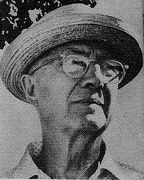
from William Carlos Williams: the Poetry/Art Connection |
|
Kermess, Bruegel |
|
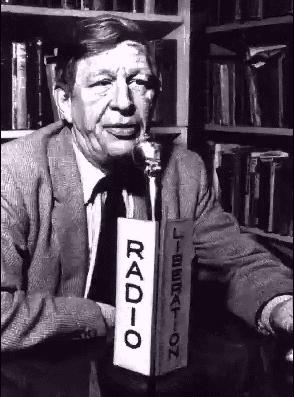
from W. H. Auden (1907-73) site, a site with general introduction to Auden, bibliography and relevant links. |
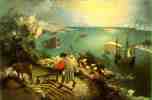 |
|
paintings with Biblical allusions:
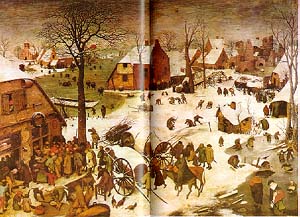 (sometimes called The Numbering at Bethlehem) |
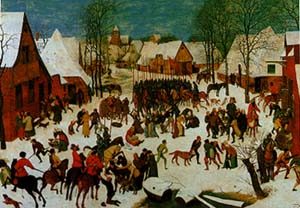
The Massacre of the Innocents |
| "[Bruegel] depicted a Flemish village on a cold December evening; the red ball of the setting sun has begun to slip behind the trees at the left. Peasants trudge through the ice and snow from all directions, converging on the inn at lower left, where a crowd has already gathered to pay its taxes. Amid the bustle, no one notices the presence of Joseph leading the Virgin on a mule." (144) | "[Here] another peasant village has been invaded by an army of soldiers who carry out Herod's command with cold-blooded efficiency. The villagers protest and plead in vain as their children are slaughtered before their eyes. This grim business is supervised by a detachment of armoured knights in the centre, led by a sinister grey bearded man dressed in black, perhaps Herod himself, .." (Gibson,144) |
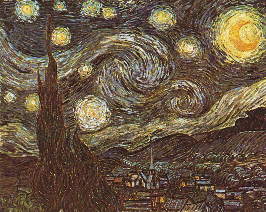
from VINCENT
VAN GOGH site; get more
paintings by Vincent van Gogh here.
Thomas Hardy
--leading questions |
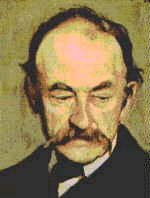 |
Walt Whiman
|
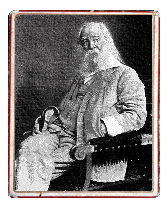
from Direction to Whitman's Birthplace, LIG |
Questions for Understanding & Analysis:
William Wordsworth
--leading questions |
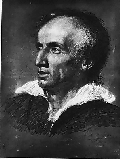
|
Questions for Understanding & Analysis: